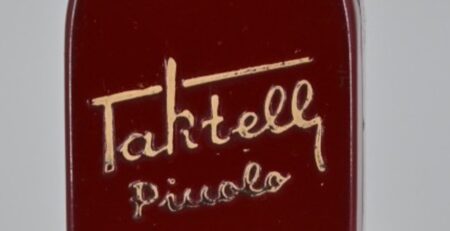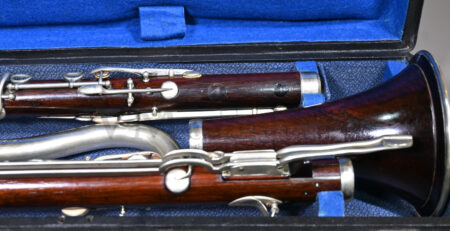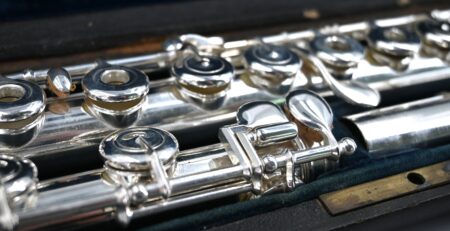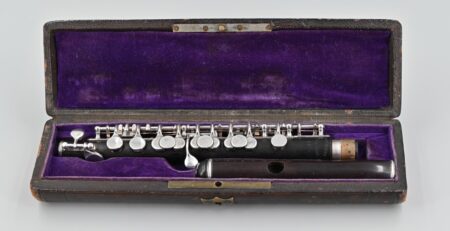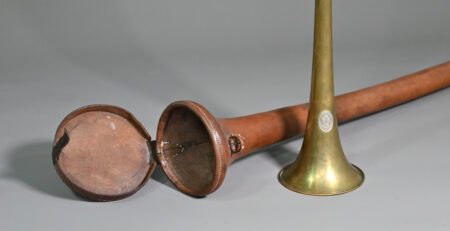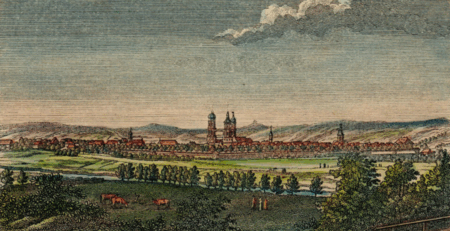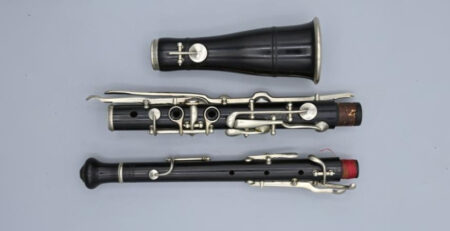Stephan KOCH – crème de la crème of Viennese master wind instrument makers
Stephan KOCH was born in Veszprém in Hungary on 12 April 1772. He was the son of the master turner, Christoph Koch and his wife Elisabetha. Stephan married Antonia Trost on 17 November 1799 and went on to have at least seven children.
It seems that Stephan learnt the turning trade as an apprentice with Jacob BAUR (ca. 1743 – 23.7.1797). He became a citizen of the city and acquired the status of master craftsman in 1815. Stephan Koch made all kinds of woodwind instruments, including bassoons, csakans and clarinets. However, he is most known for his improvements to the design of flutes and oboes and the sublime quality of the instruments he produced.
He worked together with the flutist Georg BAYR (1773-1833) to develop the “Panaulon” flute, which was a type of flute with a lower register extending to b and sometimes even to g. It had seven further keys under the d-sharp key. In order to achieve a better weight balance on this strangely overlong instrument, the flute was also made with a U-shaped bent foot joint. This was an exciting innovation at that time, but was not really a best-seller.
Flutists around the world can be grateful for the legacy Koch left behind; namely a wonderfully designed romantic flute which was then copied and followed by flute makers everywhere – including Johann ZIEGLER who worked for Koch. Today, flute makers continue to use his design to make copies, including the Martin WENNER workshop.
So, what are the typical features of a S. KOCH Viennese flute?
- a metal lined head joint with a tuning slide
- an almost rectangular embouchure
- three-part construction
- long b key
- sixth fingerhole for E is drilled at an angle, so the note sounds more powerful
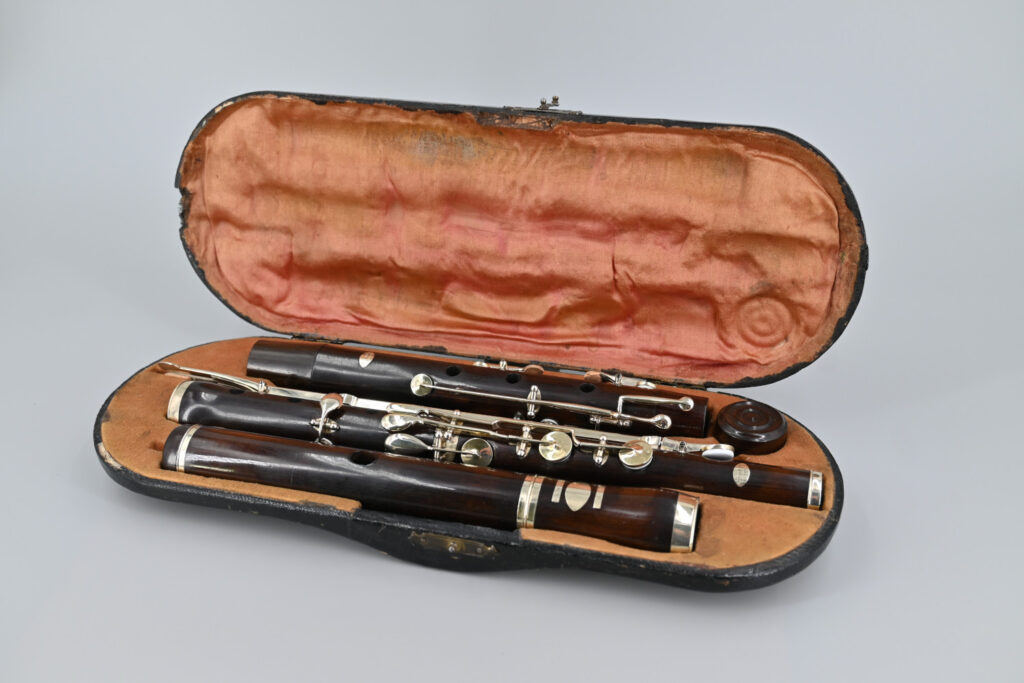
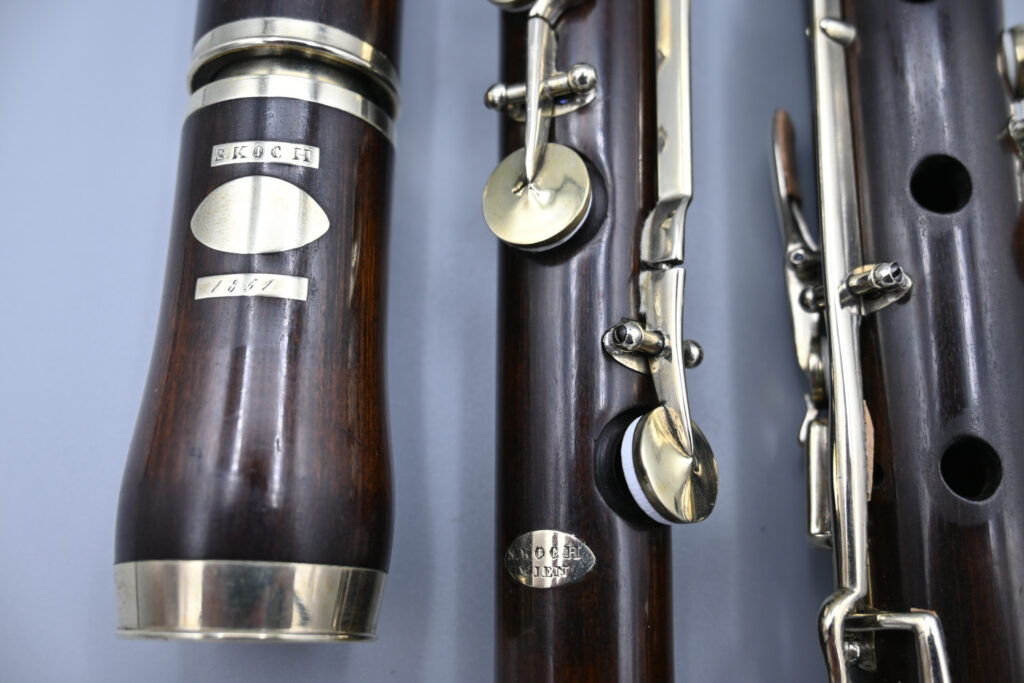
In terms of sound, these romantic flutes were more powerful and brighter than the instruments made by instrument makers from generations before. This style of flute remained in fashion until around the 1870s, when the Boehm flute slowly took over.
Koch also collaborated extensively with the oboist Joseph SELLNER (1787-1845). The resulting oboe model was probably the most advanced of its time. In addition to the nine keys that had already been customary, it had additional key levers for Bb, F and D sharp. It reached down to Bb and had a tuning slide at the upper end to improve intonation. With some further improvements, the KOCH/SELLNER oboe would form the basis of the Viennese oboe, which is much loved and preferred today.
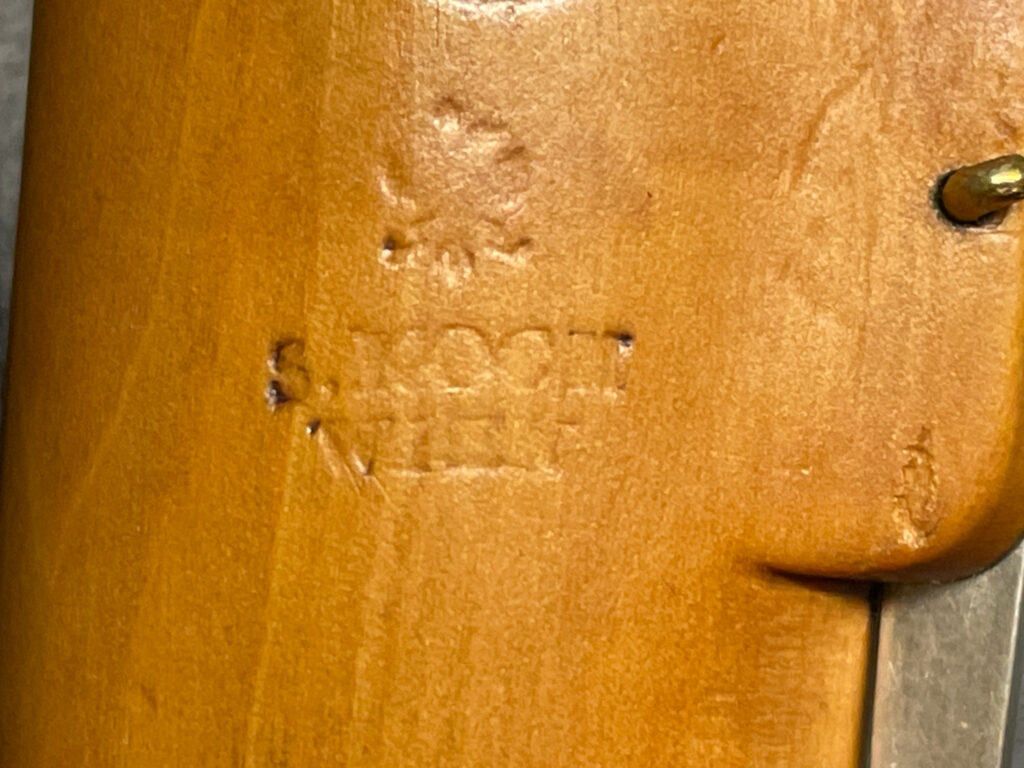
Instruments from the KOCH family workshop were marked with the double eagle and ‘S:KOCH / WIEN’. Later they would feature an engraved inlaid plate with the maker’s name and sometimes, even the year of construction. Another plate was also included for the name of the lucky owner.
Stephan Koch died of induration (hardening) of the abdominal viscera at his home in Vienna on 16.12.1828 at the age of 56. His wife Antonia died many years later in 1850.
Stephan had three sons who all worked in the turning business: Franz Xaver, Stephan and Friedrich.
His eldest son, Franz Xaver (9.11.1800-28.2.1859), applied for a turner’s licence in 1822 and took over the workshop when his father died in 1828. He continued working at the same workshop in his father’s house. The business still traded under his father’s name with continuing success. This is evidence by the award of a bronze medal for an ebony flute with silver rings at the Vienna trade exhibition in 1845. Franz Koch died on 28.2.1859.
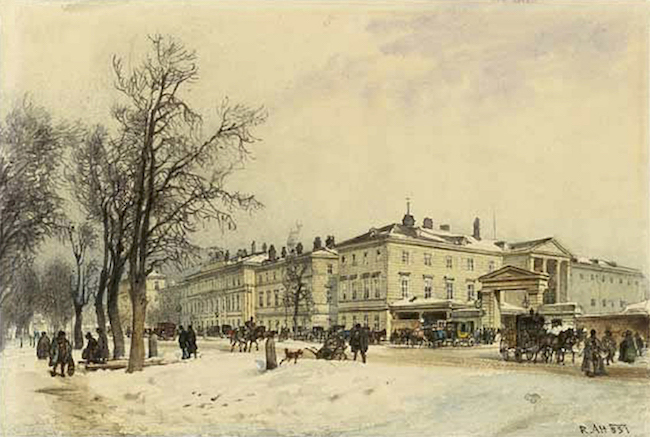
Very little is known about Stephan (junior) (2.6.1809-7.6.1837). He worked as a turner and wind instrument maker, but died a bachelor at the very young age of 28.
Friedrich (19.8.1818-5.10.1873) was also a wood turner and woodwind instrument maker who probably worked in his brother’s workshop. He appears later in directories at an independent craftsman in the 1870s. Friedrich had married Theresia. Together they had three children: Stephan (III), Franz and Antonia. Stephan III continued in his father’s footsteps until around 1878.



